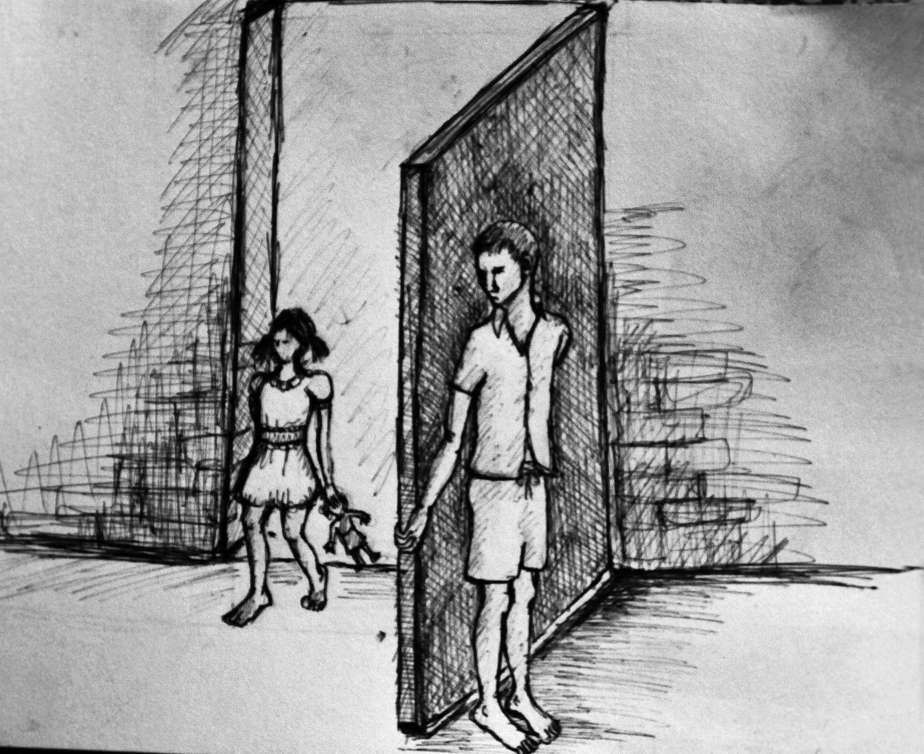
The largest international study on rape was carried out by United Nations for two years involving 10,000 men from Bangladesh, China, Cambodia, Indonesia, Papua New Guinea and Sri Lanka, was published in 2013. The UN study found that rape is not a rarity: one in four men interviewed had raped someone at some point in their lives, in addition, one in 10 had raped someone who wasn’t their romantic partner.
The study clarified that rapes occur within marriage. Repeated offences are very high amongst the rapists and unhealthy about sexuality take root at the young age. The UN researchers that sexual offenders feel a sense of “sexual entitlement” in inflicting violence and about half of them don’t feel guilty about it.
Crime psychologist, Rajat Mitra, who has carried out extensive research involving 242 convicted rapists lodged in Delhi’s Tihar Jail over a period of five years, ending in 2008, helps reconstruct the mind of a rapist. He has been dealing with rapists regularly, is hired by the police to assist in the investigation of rape cases. He uses his expertise to examine the scene of crime — which is the victim’s body – as it helps him reconstruct the working of the culprit’s mind.
Mitra’s seminal study brings out certain points clearly which may not match with the popular perception about the crime and the perpetuator of the crime. The study categorised rapists into three categories: extremely violent rapes; sadistic rapes; and rapes that were followed by murder. Here are some pointers that portray mind of a rapist:
Not just the Mitra study, but various other such studies all over the world, point to the fact that rapists in most of the cases is not a stranger. In 90 per cent of the cases, the rapist is a person known to the victim.
In fact, in many of the cases, the implicit trust of the victim leads to rape. The study points out that a large number of cases involved a relative, a physician, a cult leader or a guru, even a teacher. Like in the Unnao gangrape case, one of the accused, BJP MLA from Unnao, Kuldeep Singh Sengar, was known to the 17-year-old Dalit victim. They lived in the same village.
It’s therefore not a coincidence that many of the rapists deliberately opted for a certain profession that allows them access to unsuspecting victims on the premise of trust like a spiritual guru, teacher, doctor or people who work in institutions like orphanages.
Let’s now get to the specifics of the gangrape of an eight-year-old in Kathua. Dr Mitra, after having examined the chargesheet, offers a contrarian view. He finds “lot of difficulties in the narrative” and calls for an objective investigation.
Having dealt with hundreds of paedophilia cases in his career spanning over two decades, Mitra hasn’t come across one where paedophiles worked together for furtherance of a collective cause like religion or nationalism. Also, they rarely drug their victims. “I have never come across a case where a paedophile would hold their victim captive and give the whole issue a communal colour. This will only prove to be a hindrance in the dispensation of justice to the eight-year-old,” warns Mitra.
During a search of their vehicle, police found 1.068 kg of charas, 98 grams of…
The alleged assault is linked to a dispute over some staff members allegedly cutting the…
This will play a decisive role in providing villagers with legal proof of ownership and…
Hired to take care of his employer's dather, he had only begun working in the…
On Friday, Delhi's AQI stood at 374, with 11 of the 40 monitoring stations in…
Sharma said accident relief trains, along with top officials from the divisional headquarters, have already…